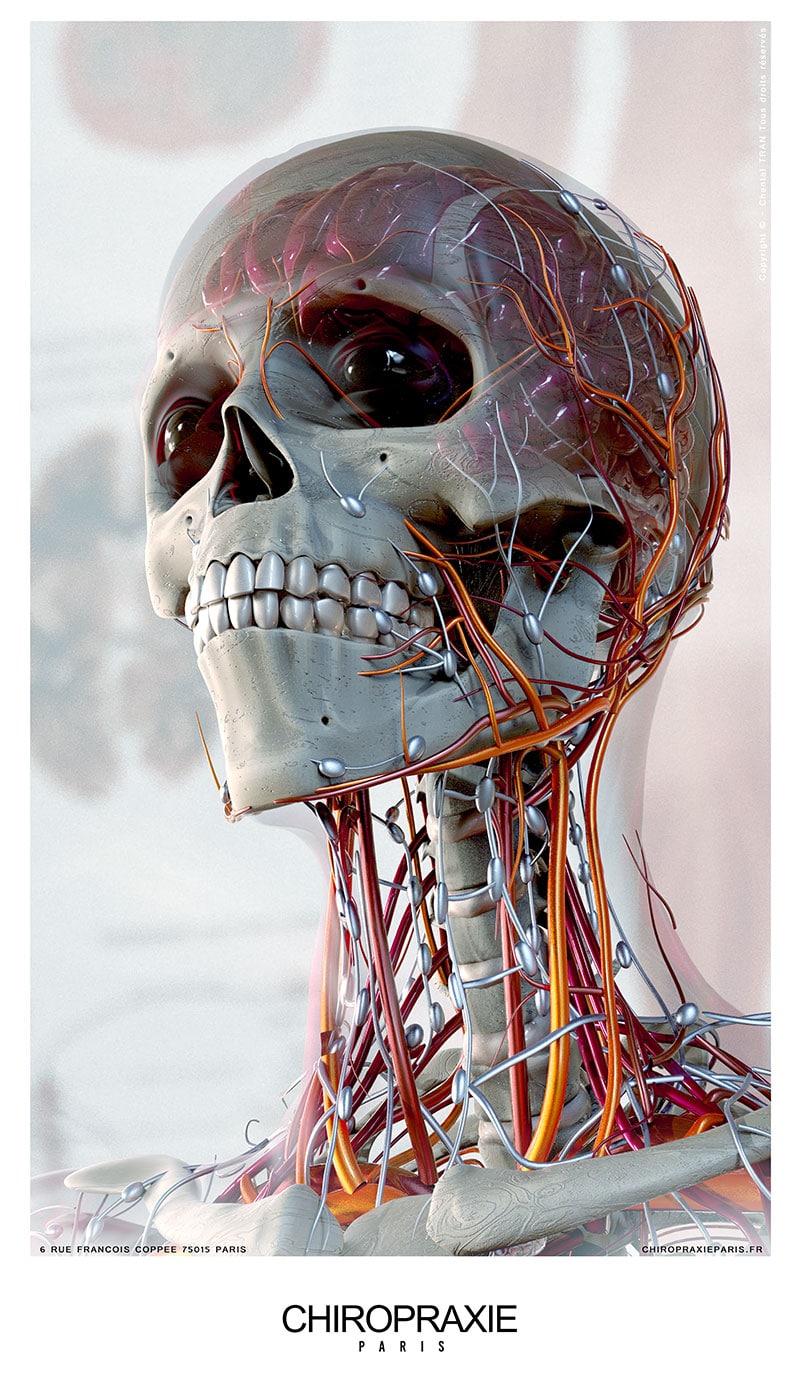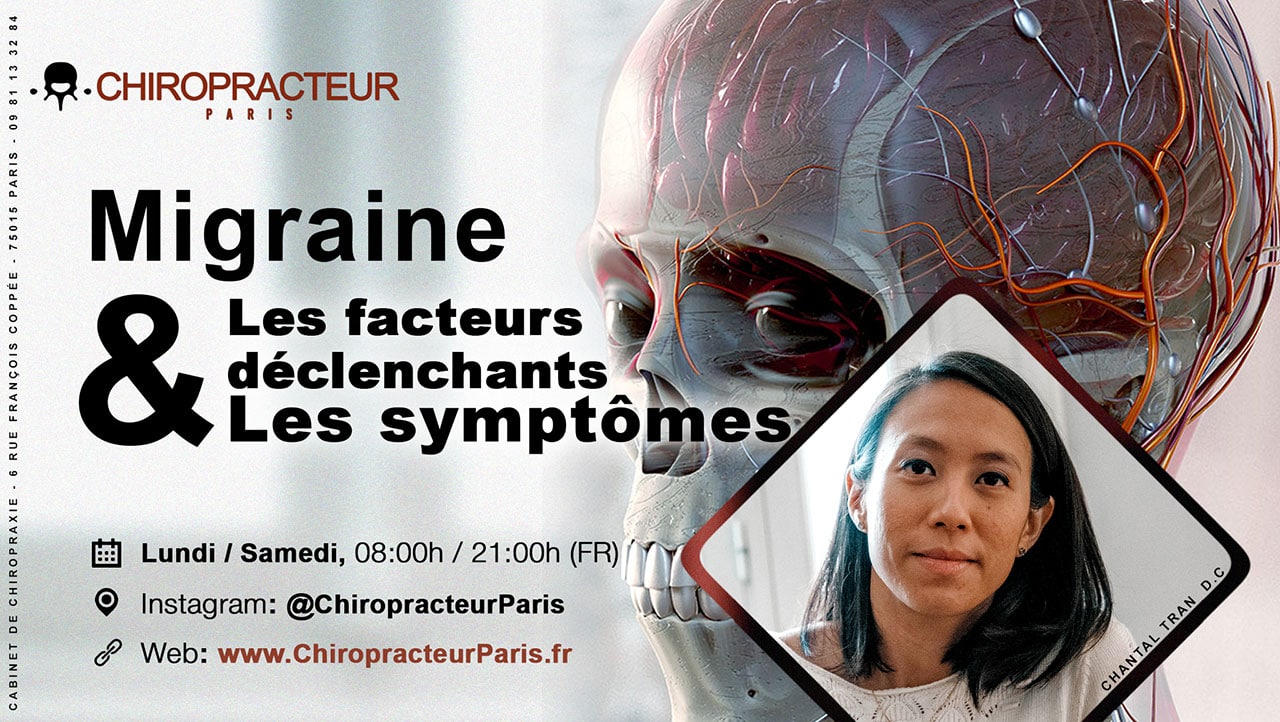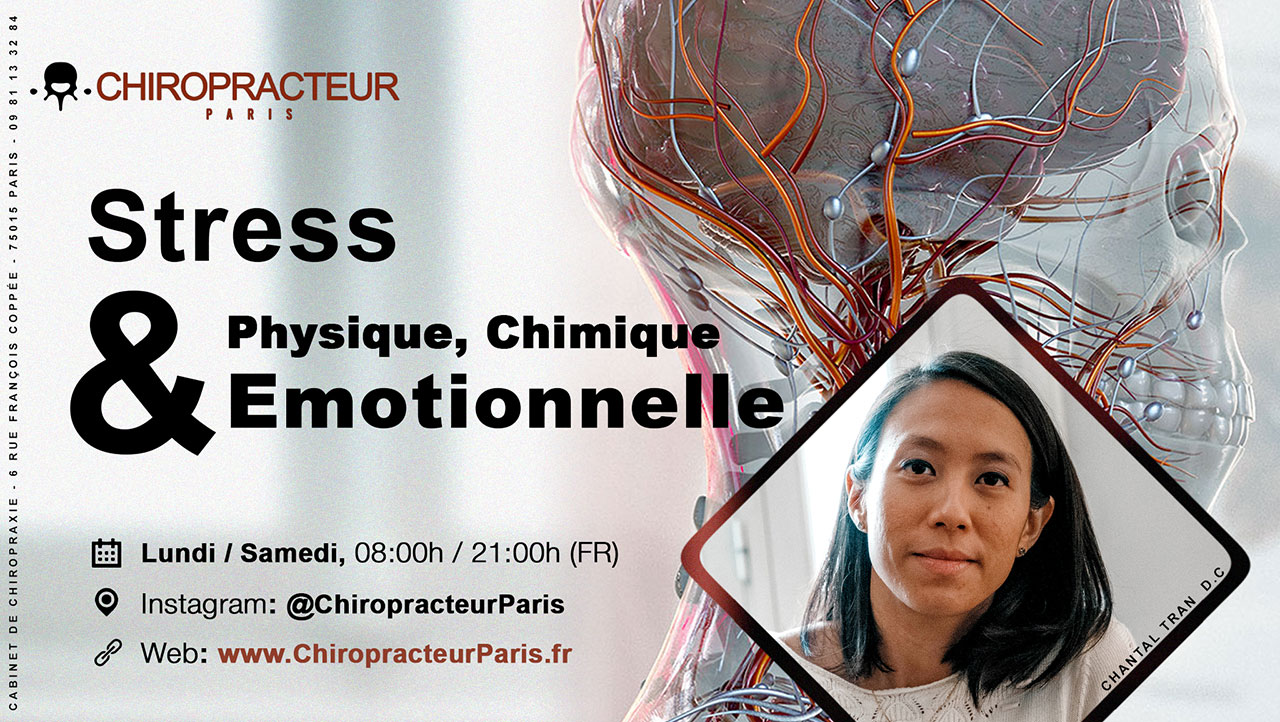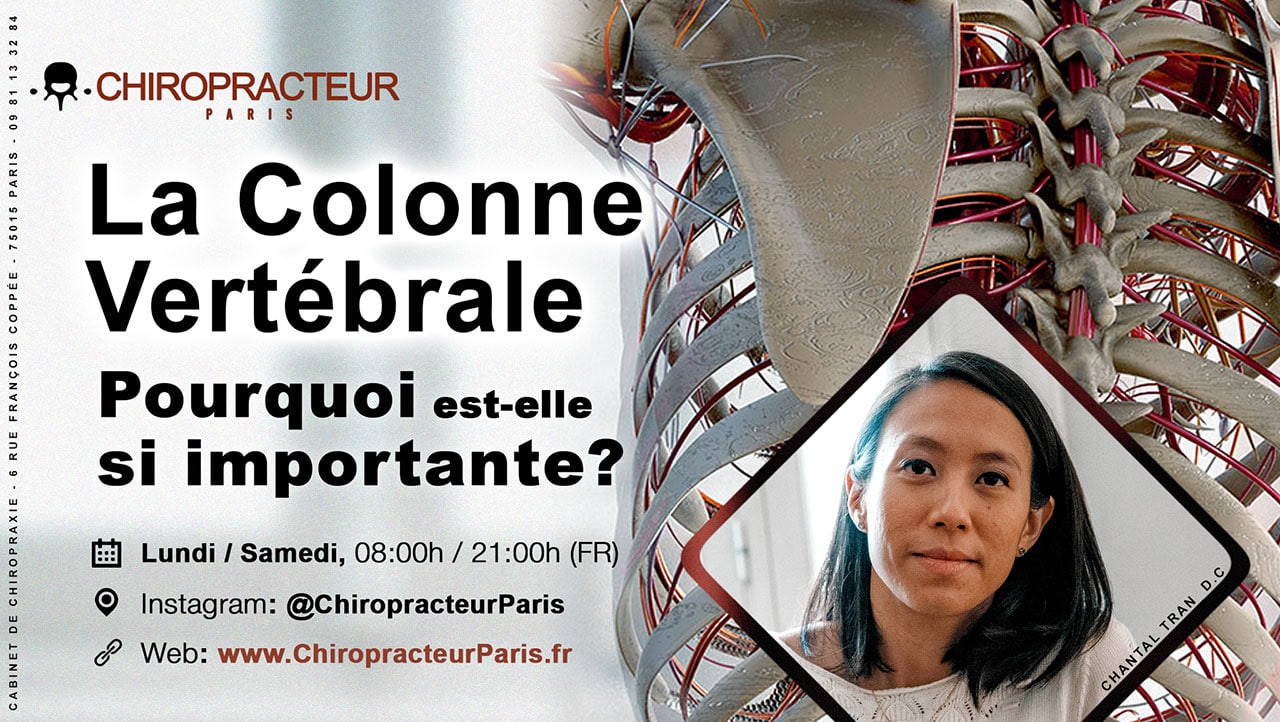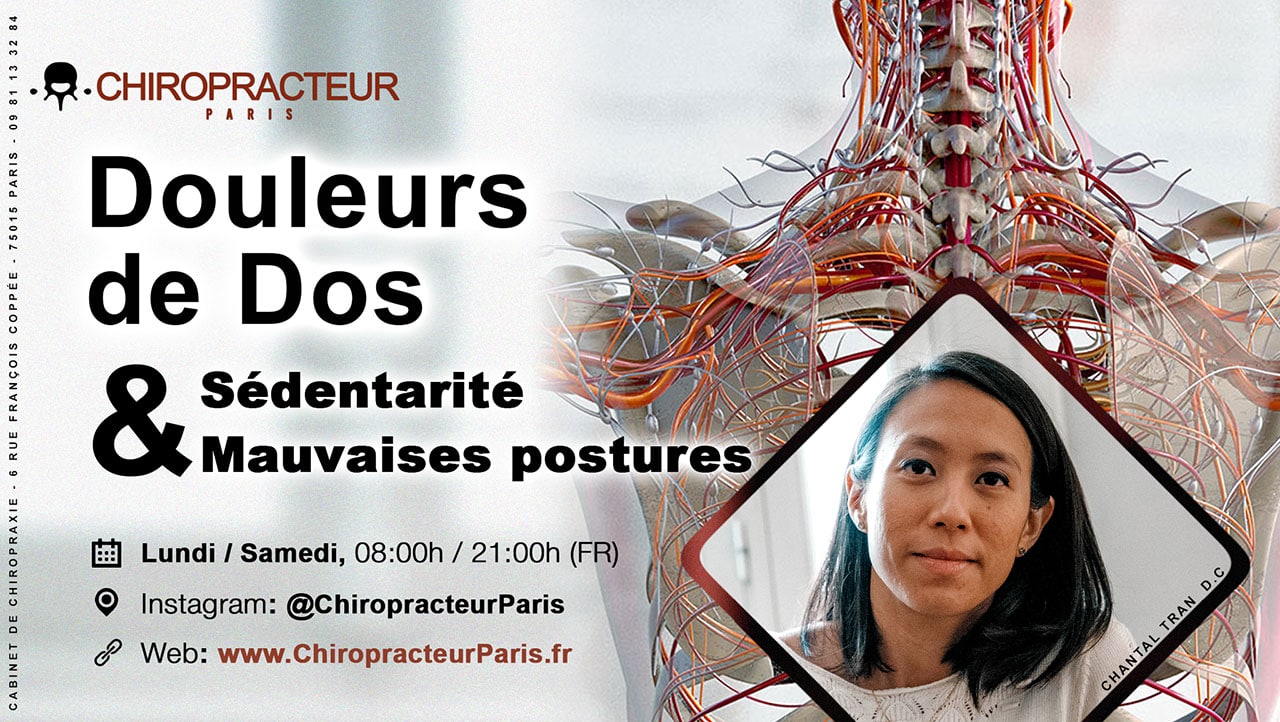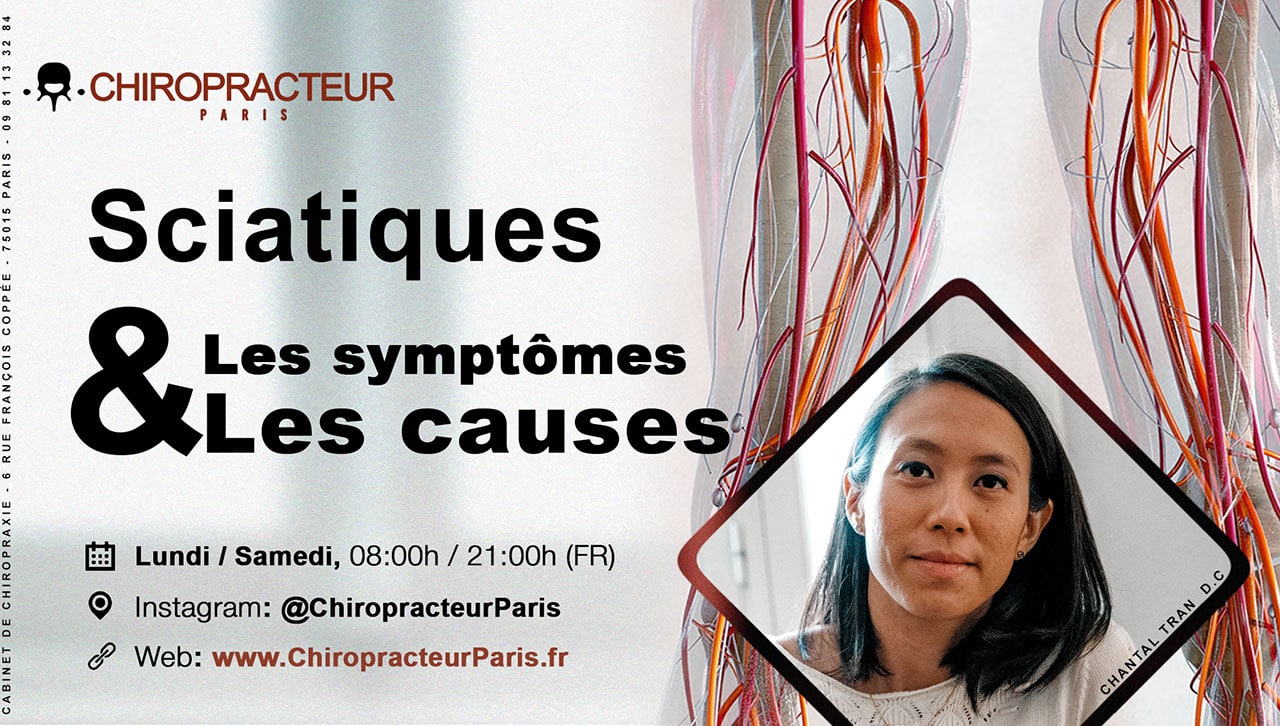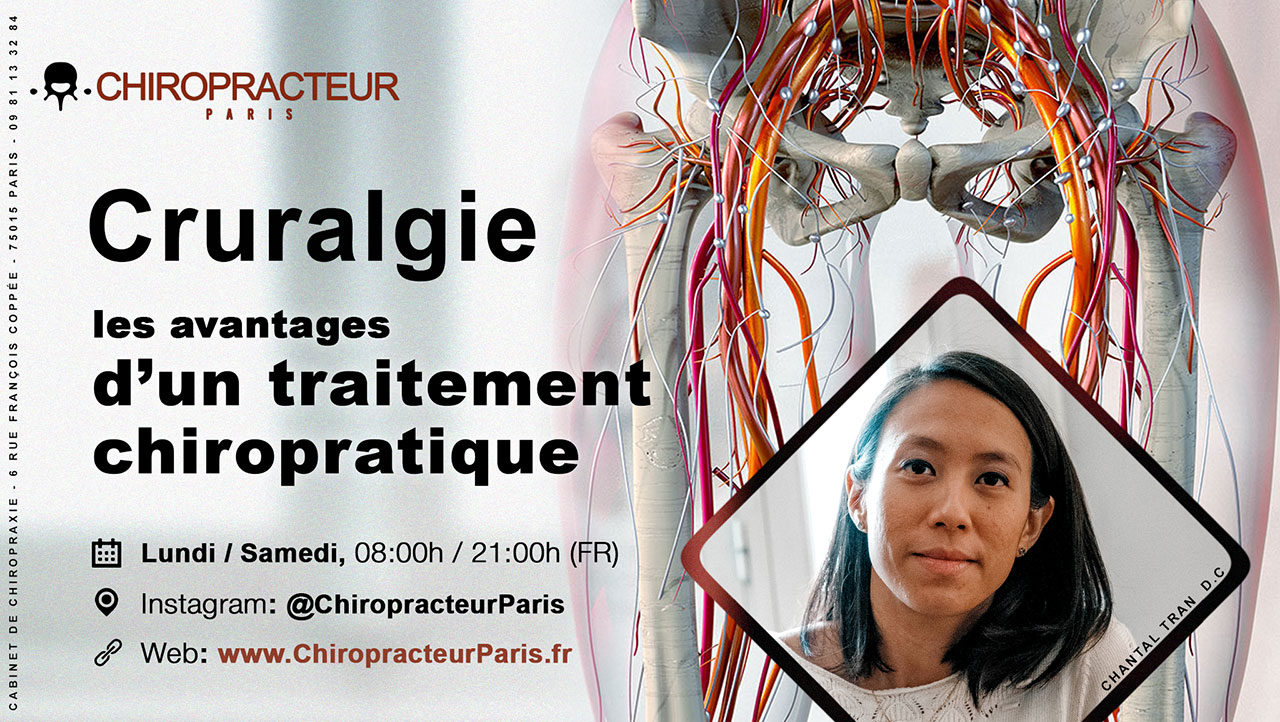Torticollis
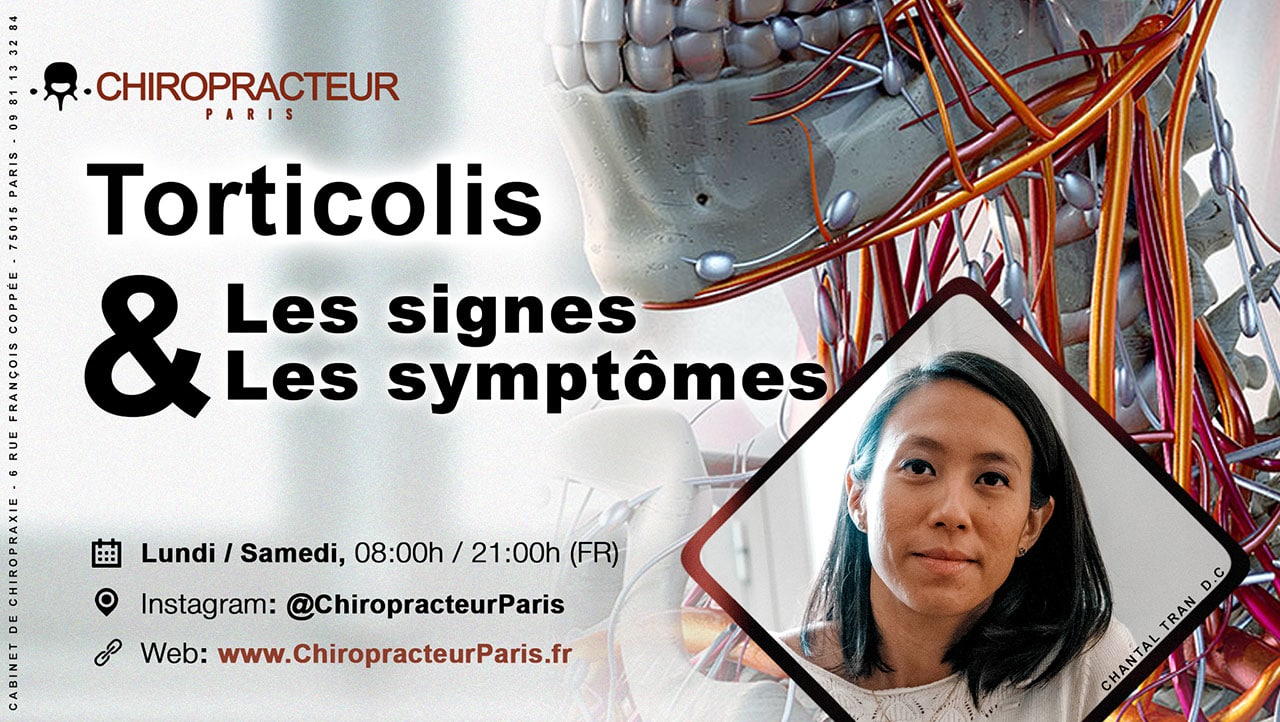
What is torticollis, and how does it affect a person's physical and mental well-being?
Torticollis is a medical term used to describe an antalgic neck posture and how the muscles in your neck are spasmed, causing your head to be turned and tilted to one side. This can lead to neck pain and discomfort, including headaches, back pain, shoulder pain, etc.
A common cause of torticollis is the occurrence of muscle spasms during an injury or illness that causes inflammation around one of the cervical vertebrae (the bones that make up part of the spine). This could be whiplash from a car accident or a sudden onset condition such as a prolonged neck flexion posture. These types of injuries often occur suddenly.
However, there are other cases of torticollis. This is called idiopathic or congenital torticollis, which means that there is no cause around the cervical vertebrae or that the torticollis is present at birth.
What causes torticollis?
Torticollis can be caused by a variety of things, including injury, inflammation of the nerves and muscles of the cervical spine, trauma or birth difficulties. In adults, it is most often due to a muscle spasm in the neck from an unknown cause that may have strained the muscles, joints and ligaments in the neck area.
The cervical spine may also be affected. Torticollis can result from a muscle spasm in which one or more neck muscles contract and cause the muscle fibers to shorten or tighten. This muscle contraction pulls on the surrounding connective tissue, causing a loss of mobility in parts of the neck vertebrae and severe pain with every movement.
What are the different types of torticollis?
There are several types of torticollis: congenital torticollis, acute torticollis and spasmodic torticollis.
- Congenital torticollis is a type of torticollis with an unknown cause that most often develops at birth or during the first month. This type of neck problem can also result from an abnormal position of the neck at birth.
- Acute torticollis: is a type of torticollis that develops after an injury, such as whiplash, or after a sudden onset illness, such as cervical joint stiffness.
- Spasmodic torticollis: is a type of torticollis that results from muscle spasms and involuntary contractions of these neck muscles.
What are the signs and symptoms of torticollis?
In most cases, a person is told they have torticollis because the symptoms are clear. Torticollis cannot be diagnosed from a visual assessment without the presence of symptoms. The presence of symptoms can indicate a number of spinal problems and can help determine if a patient has torticollis.
Symptoms of this condition may include:
- Pain in the neck
- Difficulty moving the head from side to side
- Cramps or stiffness in the neck muscles. Normally, the pain may move back and forth from one side to the other or stay on one side. It may also move down into the shoulder blade.
When do the symptoms of torticollis disappear?
Torticollis usually lasts less than ten days. If it lasts longer without improvement, further tests are needed to determine the cause of the condition.
Which muscle causes torticollis?
The sternocleidomastoid muscle is one of the muscles that can cause torticollis. The muscle that causes this condition extends across the front of the neck. It attaches to each side of the head, just behind each ear, and then stretches down to attach to the top of the breastbone.
This muscle works with other neck muscles during head rotation. This is especially the case when we turn our head to one side or the other, instead of looking straight ahead or upwards
The left and right sternocleidomastoid muscles are attached to each side of the sternum at their lower ends. One end is connected to the sternum, while the other is connected to the mastoid. This muscle is responsible for tilting and rotating the head. They act together or against each other to create a movement of the head. The effect of each depends on the direction in which the head moves.
What is the most comfortable sleeping position for a stiff neck?
There are several different positions you can sleep in to improve and relieve tension in your neck muscles.
- One such position is to sleep on your back with a pillow placed under your head. This will help keep your spine in a neutral position.
- You can also sleep on your side with a semi-soft pillow to keep your spine aligned.
What is the best way to treat a stiff neck?
There are several ways to treat a stiff neck. One of the most effective treatments to reduce pain and gain mobility is to consult a chiropractor.
If you are unable to move (pain in the middle of the night, inability to leave work...) the most common is the use of heat on the muscles which can be applied directly on the tense neck muscles. Analgesics can also be useful to limit the pain.
Another option is to stretch your neck muscles. To do this, look straight ahead and tilt your head to one side while staring at an object on the floor until you feel the neck muscles stretch. Then tilt your head to the other side and repeat.
A pain in the neck?
If you suffer from torticollis, you know how painful and frustrating this condition can be. But there's good news: chiropractic is an effective and natural way to treat torticollis and restore mobility. Our team of chiropractors offers gentle stretching exercises and spinal adjustments to help you feel better fast. Make an appointment today and start feeling like yourself again!

